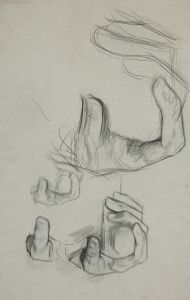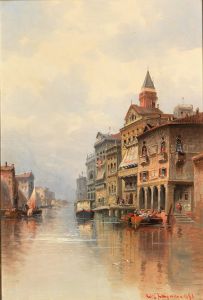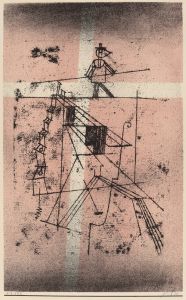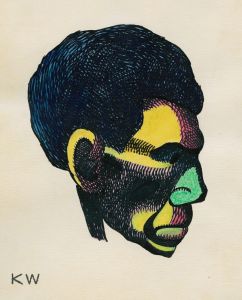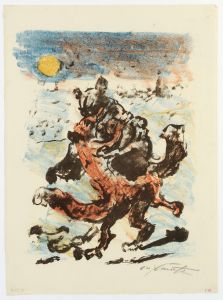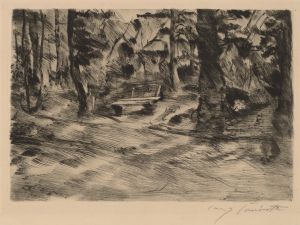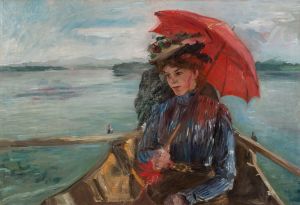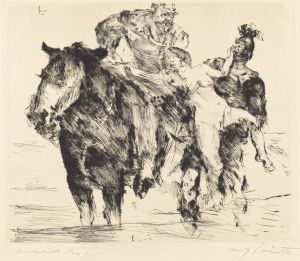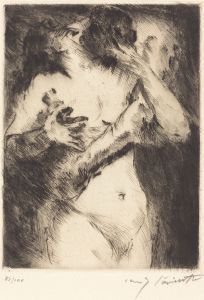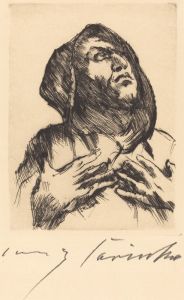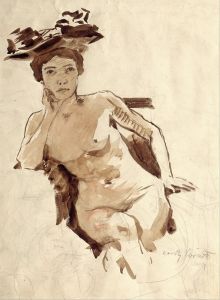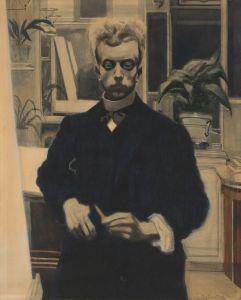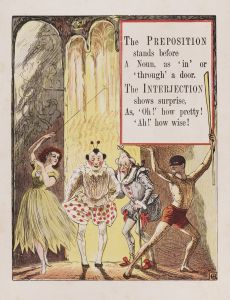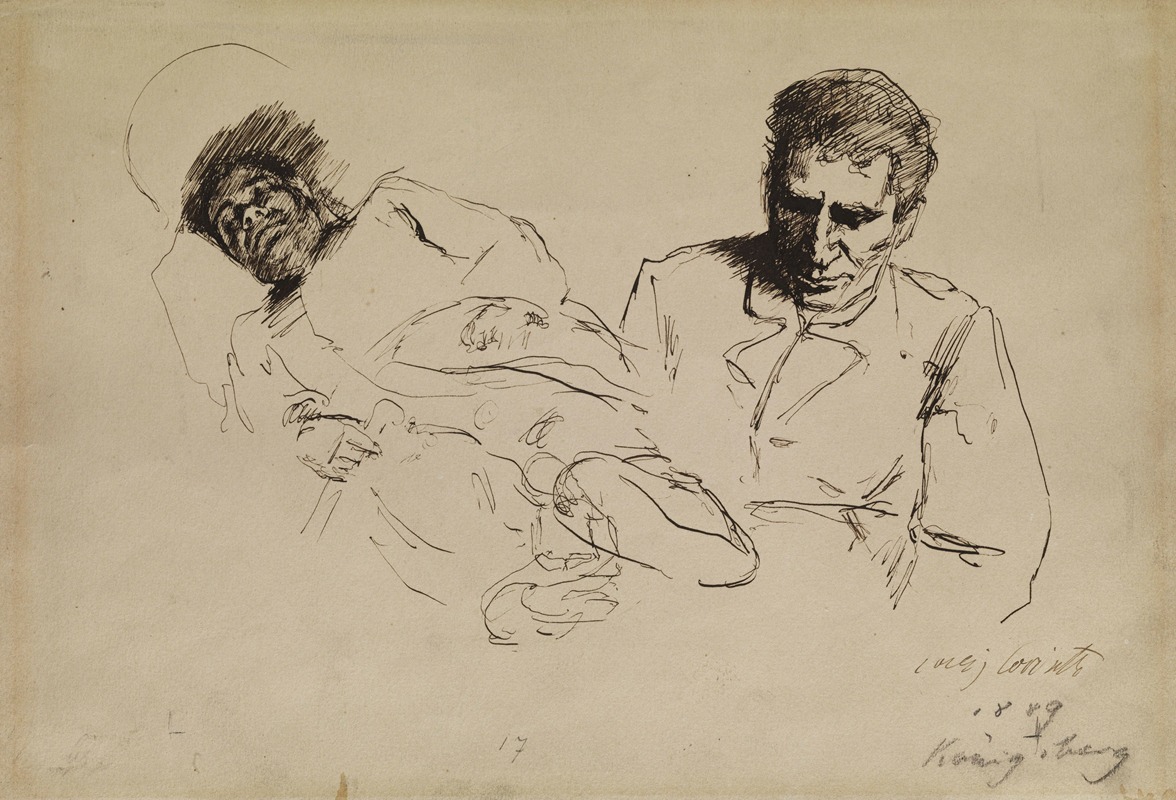
Tuschskizze Mnnliches Halbportrait und Nach links liegender Mann
A hand-painted replica of Lovis Corinth’s masterpiece Tuschskizze Mnnliches Halbportrait und Nach links liegender Mann, meticulously crafted by professional artists to capture the true essence of the original. Each piece is created with museum-quality canvas and rare mineral pigments, carefully painted by experienced artists with delicate brushstrokes and rich, layered colors to perfectly recreate the texture of the original artwork. Unlike machine-printed reproductions, this hand-painted version brings the painting to life, infused with the artist’s emotions and skill in every stroke. Whether for personal collection or home decoration, it instantly elevates the artistic atmosphere of any space.
Lovis Corinth was a prominent German painter and printmaker whose work is associated with the transition from Impressionism to Expressionism in the late 19th and early 20th centuries. Born on July 21, 1858, in Tapiau, East Prussia (now Gvardeysk, Russia), Corinth became known for his vibrant use of color and dynamic compositions. His oeuvre includes portraits, landscapes, and historical scenes, and he is celebrated for his ability to capture the psychological depth of his subjects.
"Tuschskizze Männliches Halbportrait und Nach links liegender Mann" is a work by Lovis Corinth that translates to "Ink Sketch of a Male Half-Portrait and Man Lying to the Left." This piece is an example of Corinth's skill in drawing and his interest in the human form. The artwork is executed in ink, a medium that allows for fluidity and spontaneity, which Corinth often employed to explore the expressiveness of line and form.
The sketch features two distinct figures. The first is a male half-portrait, which likely showcases Corinth's ability to capture the essence and character of his subject with minimal lines. The second figure is a man lying to the left, demonstrating Corinth's interest in the human body's posture and movement. This dual composition reflects Corinth's fascination with the human figure and his ability to convey emotion and narrative through simple yet effective means.
Corinth's work often reflects his academic training and his exposure to various artistic movements. He studied at the Academy of Fine Arts in Munich and later in Paris, where he was influenced by the Impressionists. However, Corinth developed his unique style, characterized by vigorous brushwork and a bold palette. His work often bridges the gap between the detailed realism of the 19th century and the more abstract, emotional approaches of the 20th century.
Throughout his career, Corinth faced personal and professional challenges, including a stroke in 1911 that temporarily impaired his ability to work. Despite this, he continued to produce art, adapting his style to accommodate his physical limitations. This resilience is evident in his later works, which often exhibit a raw, emotional intensity.
Corinth was also a member of the Berlin Secession, an art movement that sought to challenge the conservative art establishment in Germany. His involvement with this group underscores his commitment to artistic innovation and his desire to push the boundaries of traditional art forms.
"Tuschskizze Männliches Halbportrait und Nach links liegender Mann" exemplifies Corinth's mastery of drawing and his ongoing exploration of the human condition. While specific details about the creation and context of this particular sketch may be limited, it remains a testament to Corinth's enduring impact on the art world and his ability to convey complex emotions through simple, yet powerful, imagery.
Lovis Corinth passed away on July 17, 1925, in Zandvoort, Netherlands, leaving behind a rich legacy of artworks that continue to be studied and admired for their technical skill and emotional depth. His contributions to the development of modern art are significant, and his works remain influential in the study of early 20th-century European art.





